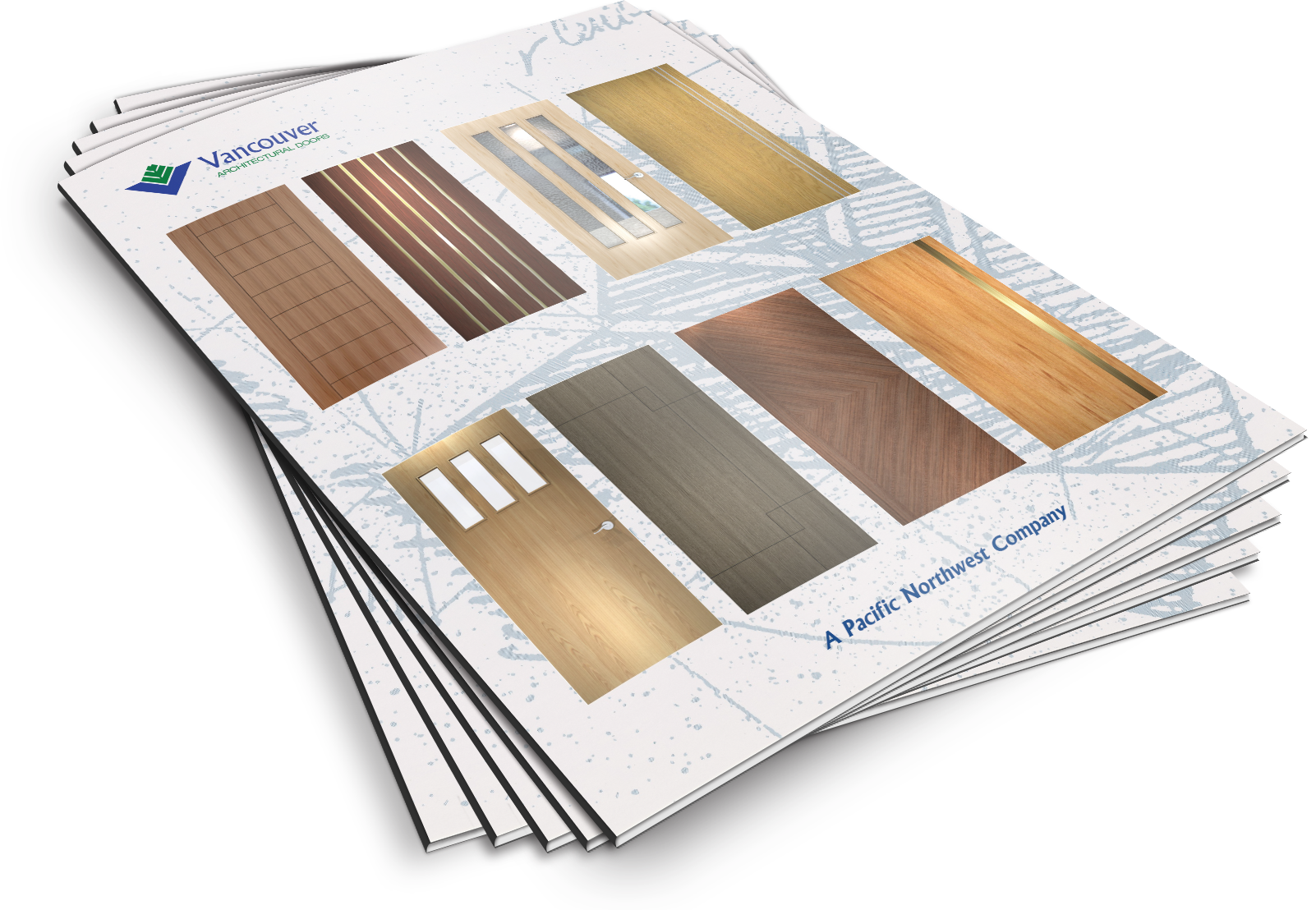Windshake, Worm Track And Vine Marks
Windshake
The surface of a veneer can develop a rough grain due to more than one reason. Factors such as log preparation, the lathe knife and its condition, and the naturally coarse grain of the tree can all give rise to rough grain. Nevertheless, a specific form of rough grain occurs on the surface when injuries are caused to a standing tree.
Windshake is a flaw that appears in wood due to the action of strong winds on the trunk of the tree. Windshake manifests itself as ruptured grain through one or more growth rings of the tree. The force of the wind serves to break the bonds between the growth rings when there are unusually strong winds and storms. The tree bends causing fractures and twists and damage occurs to the cellular structure of the wood.
Windshake physically manifests on a sheet of veneer as a tear along the growth ring border. The tear follows the grain of the windshake up till the end of the fracture. In plain sliced and rotary cut veneer, the log’s tangential peel produces feathered edges along the edge of the rupture.
Sometimes, windshake shows up as rough texture on the veneer’s surface. Whereas sanding is used to remove many types of roughness on a veneer, the roughness caused by windshake extends throughout its thickness and sanding can worsen the appearance. Compression failures occur when strong winds damage the fibers on the side of the tree that is sheltered from the wind. This happens when the tree trunks bend due to the strong winds. Inward bends caused to the trunk of the tree when it is felled can also cause compression failures. In appearance, there is a fracture across the grain on the piece of veneer.
Worm Track
Worm track in wood is sometimes called pith fleck. Seen to a large extent in maple and birch, worm track is caused due to infestation of the wood by larvae of certain flies. The female fly belonging to genus Phytolobia lays her eggs on the surface of the bark. In due course, the larvae that hatch out from the eggs plough down to the ground where they pupate by eating the wood. The emerging adult flies from the pupa continue this cycle all over again. These burrows/tunnels left behind by the larvae are healed during the growing season with parenchyma type of cells. The larvae never cross into the woody tissue that lies adjacent. In appearance, however, the tunnels seem to cross over to other growth rings. The color of the streaks varies from brown to black. If the grain around the track becomes distorted, the face of the veneer cut from such wood includes clear tunnel-like appearances. These are referred to as glass worm tracks and are commonly found in ash wood.
Worm tracks in maple and birch are frequently mistaken to be sugar streaks. The origin stems from the notion that the tracks are due to deposits of sugar that appears as light to dark brown streaks. Though sugar can be produced from the sap of a few maple trees, there has not been any evidence of deposition of sugar in such species. A sugar streak is thus nothing but a worm track. A very long worm track is also called a vine mark. However, differences exist between worm tracks and vine marks. The name pith fleck has come about because the dark colored tracks sometimes resemble immature wood or pith of the tree. Sometimes, they are also mistakenly referred to as medullary fleck as they resemble the cross section of a medullary ray.
Vine Marks
When vines creep around on the outside of a tree trunk, they cause restrictions to growth. They do not break when the tree increases its girth, but instead continue to grow around it. Physically, this appears as abrupt and concentrated changes in direction of the grain in the wood. The patterns are semicircular across the grain. The vine marks do not usually sport any color change. However, reflection of light from the distorted grain makes it appear lighter than the surrounding wood. During the finishing stages of the wood, distorted grain absorbs more of the finishing material. This causes a darkening of the affected area.


